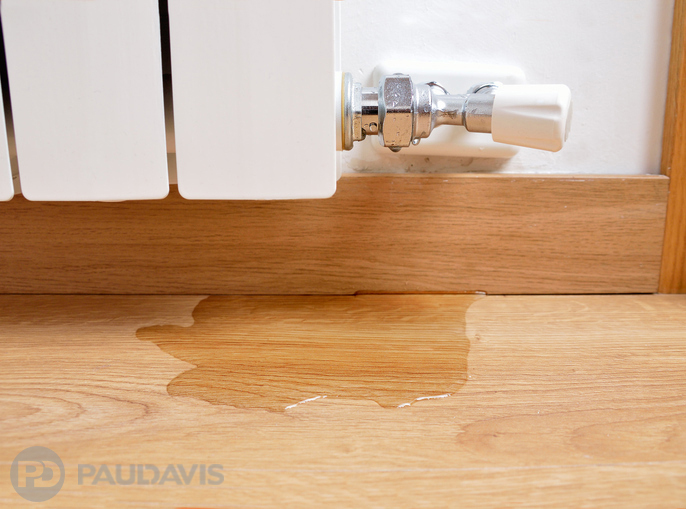
Broken pipes, malfunctioning appliances, sewer backups, storm flooding – they all cause water damage to properties. Often, customers are certain of only two things about a sudden and unhappy catastrophe: it’s wet and it must be dried as soon as possible. That’s all Paul Davis needs to know to respond within hours and launch the recovery process.
“Beginning with that first phone call for help,” says Sonny Bass, Technical Director and IICRC Instructor for Paul Davis, “trained personnel ask questions and get information that helps us classify the water damage into certain categories.” The technologies, procedures and products technicians employ, he explains, depend on which category that water damage belongs to:
Category One: This is damage caused by clean water, or water from a source that is not harmful to people. A broken water supply line to your ice maker or dishwasher causes category one damage, for example. Paul Davis treats this type by removing standing water, using air movers and evaporators to remove moisture and replacing materials that have been structurally ruined by moisture (wallboard, for instance.)
Category Two: This is damage caused by lightly used water, also known as “grey water.” This damage may spread low levels of bacteria, mould or chemicals –whatever was in the sink that overflowed, the washing machine that blew a gasket midway through a cycle or the dishwasher that sprung a leak around the door. Paul Davis takes quick action to address category two water damage events, wearing personal protective equipment and replacing all absorbent building materials: untreated for two days, bacteria and mould growth worsen a category two situation into…
Category Three: Also known as “black water,” this category of water damage contains infectious organisms, toxins and gross contamination. This category occurs when sewers or sewage pipes overflow, for example. Flood waters are always classified in this category due to the presence of lawn chemicals, fertilizers, animal dung, septic system fluids and the like. Paul Davis technicians use personal protective equipment to treat this category of water damage, apply disinfectant and replace most affected materials.
Category Four: This category – which may exist in combination with the above classifications - covers special drying situations, such as wet materials that have low absorbency: wood, plaster, bricks, stone and concrete. In these types of damage, Paul Davis technicians treat deep areas of moisture that may require longer drying times and must reach very low humidity levels.
Water damage is not only difficult to experience, it’s also difficult for non-professionals to assess and restore. That’s why Paul Davis experts are just a phone call away whenever water escapes its normal boundaries and damages your property.
